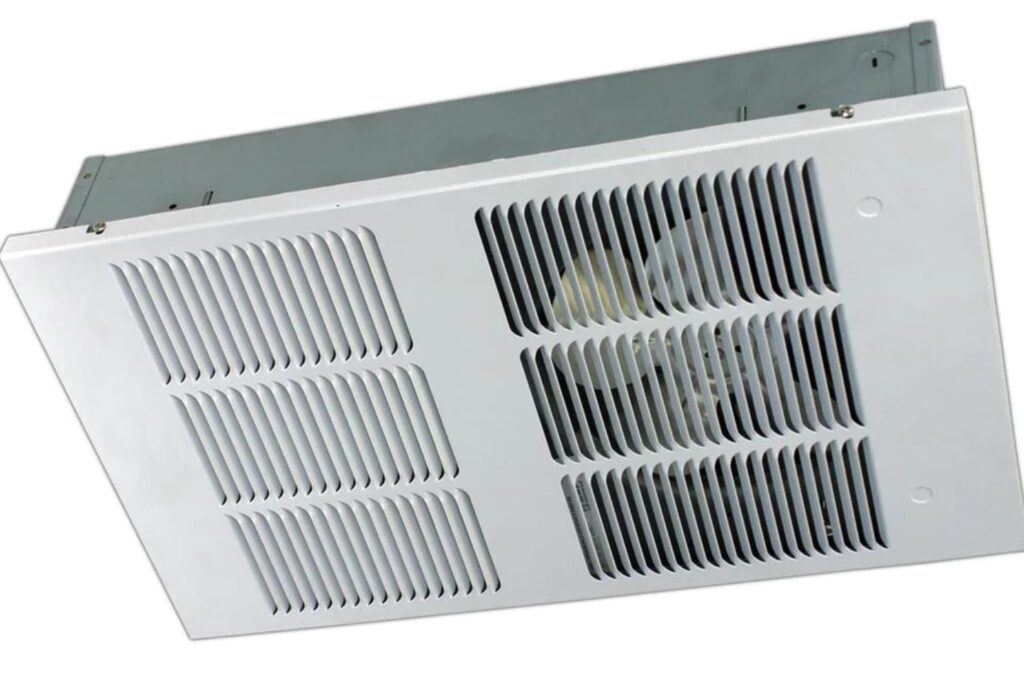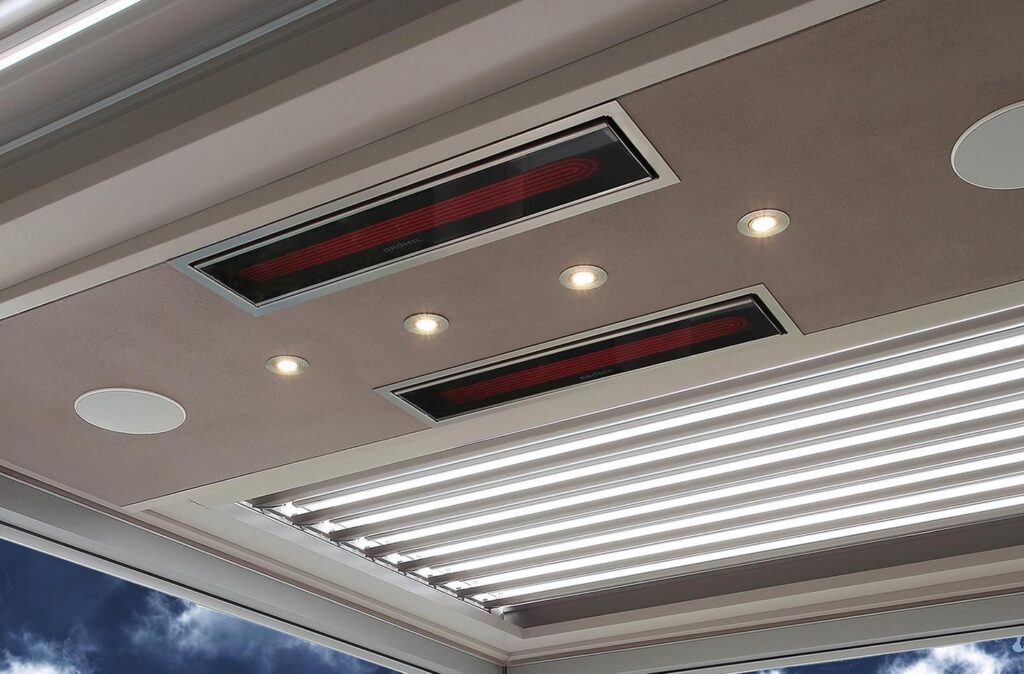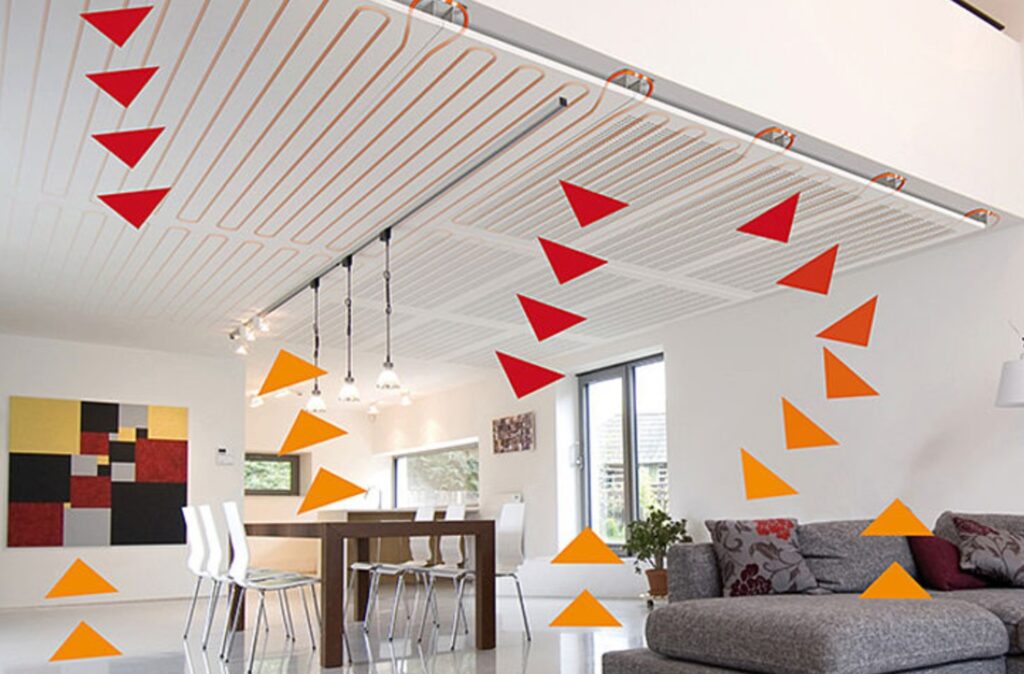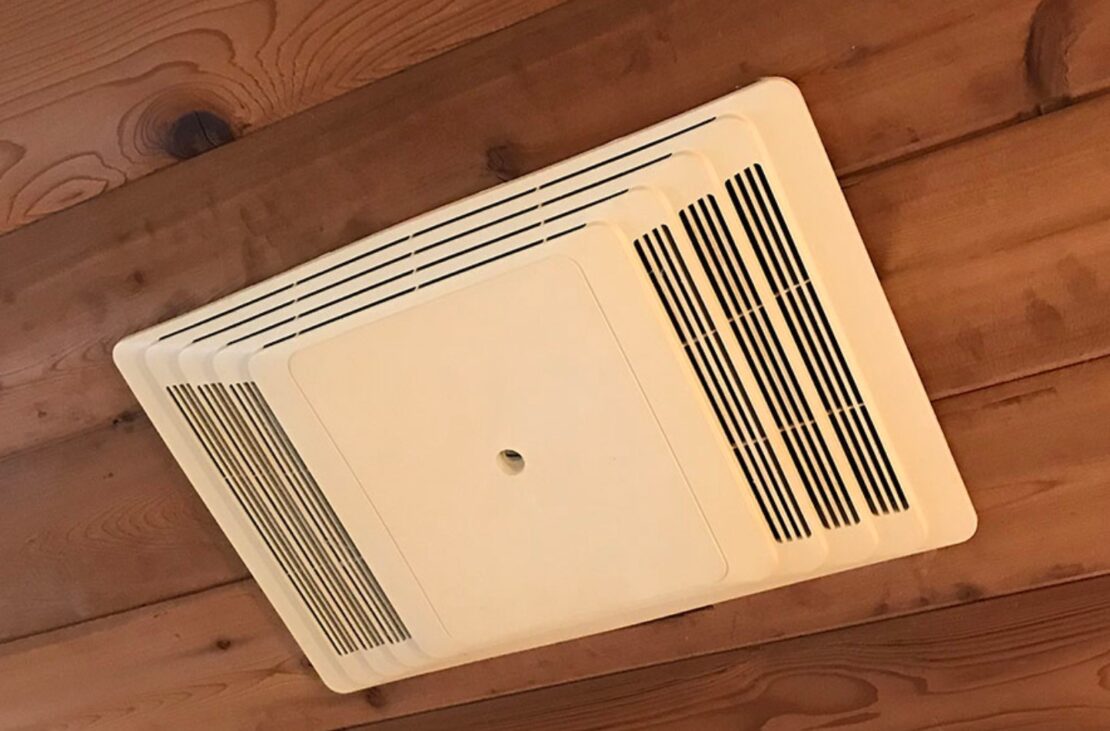In the early 1970’s houses, people used to incorporate electric ceiling heaters to save themselves from the cold weather as there were no other primary sources to keep them warm enough. During the construction of any house, the builders would install some electric heating panels before applying the plaster to the ceilings.
So, whenever the cold weather hits, power is transferred to these heaters, radiating energy through the drywall. This may seem a very straightforward choice for most people, but it also comes with various drawbacks. This article will share with you all the pros and cons of using electric ceiling heating systems.

Pros of Installing Electric Ceiling Heaters
1. Can be installed easily while constructing your house: It is pretty easy to install the electric ceiling heating system while you are building your home rather than installing it in an already finished building.
2. Decentralized heating is also available: Now, some of you might get confused about what precisely a decentralized heating source is? In simpler terms, it means that you can set the amount of heat coming out of your device according to your living situations or the outside temperature.
3. Does not occupy any space in your room: The best part of having a ceiling heating system is that it occupies no space in your room. It means there are no vents or ductworks that could interfere with the stuff or the furniture present in your place. These heaters are not even visible.
4. Operates silently: If you don’t like to bear any nuisance in your place and need a silent atmosphere around you, then electric ceiling heaters are the best. As they are installed inside the ceiling, you may not hear any noise or sound coming out of them.
5. No maintenance cost is required: There are no moving parts in this system that can wear out. Therefore, it is entirely maintenance-free or may require very little maintenance, unlike the central furnaces that require annual maintenance.

Cons of Electric Ceiling Heaters
1. It is hard to repair if needed: The major drawback that these heating systems may face is repairing it if it fails to work correctly. As all the parts are installed and plastered behind the drywall, you can imagine how difficult it will be to replace its parts when it stops working. You may have to drill holes in your ceilings to identify the issues and solve them.
2. Requires proper insulation: If you don’t want to pay hefty electricity bills, then your house must be well insulated before you install an electric ceiling heater in it. This will prevent the heat from escaping from the surface of your roof.
3. Difficult to install in already constructed homes: Another drawback of this type of heaters is that they cannot be installed easily in pre-existing dwellings unless and until you are thinking of renovating your ceilings. So, it is always better to think of it whenever you are building your house.

To Sum Up
There is no doubt that electric ceiling heaters can save you from the freezing weather, but there are some drawbacks. Therefore, it is better to get complete information about it before considering one at your building or house.





